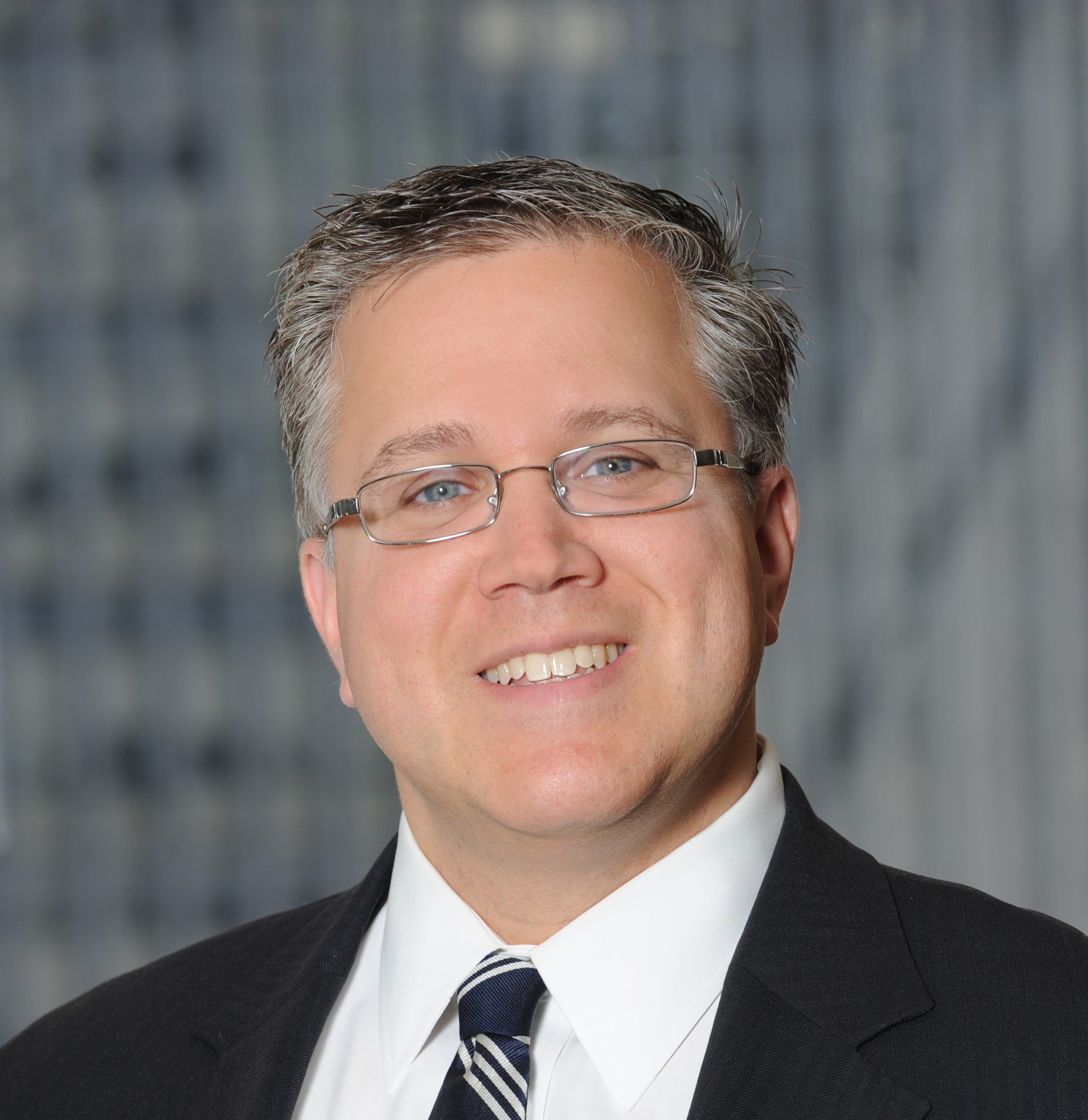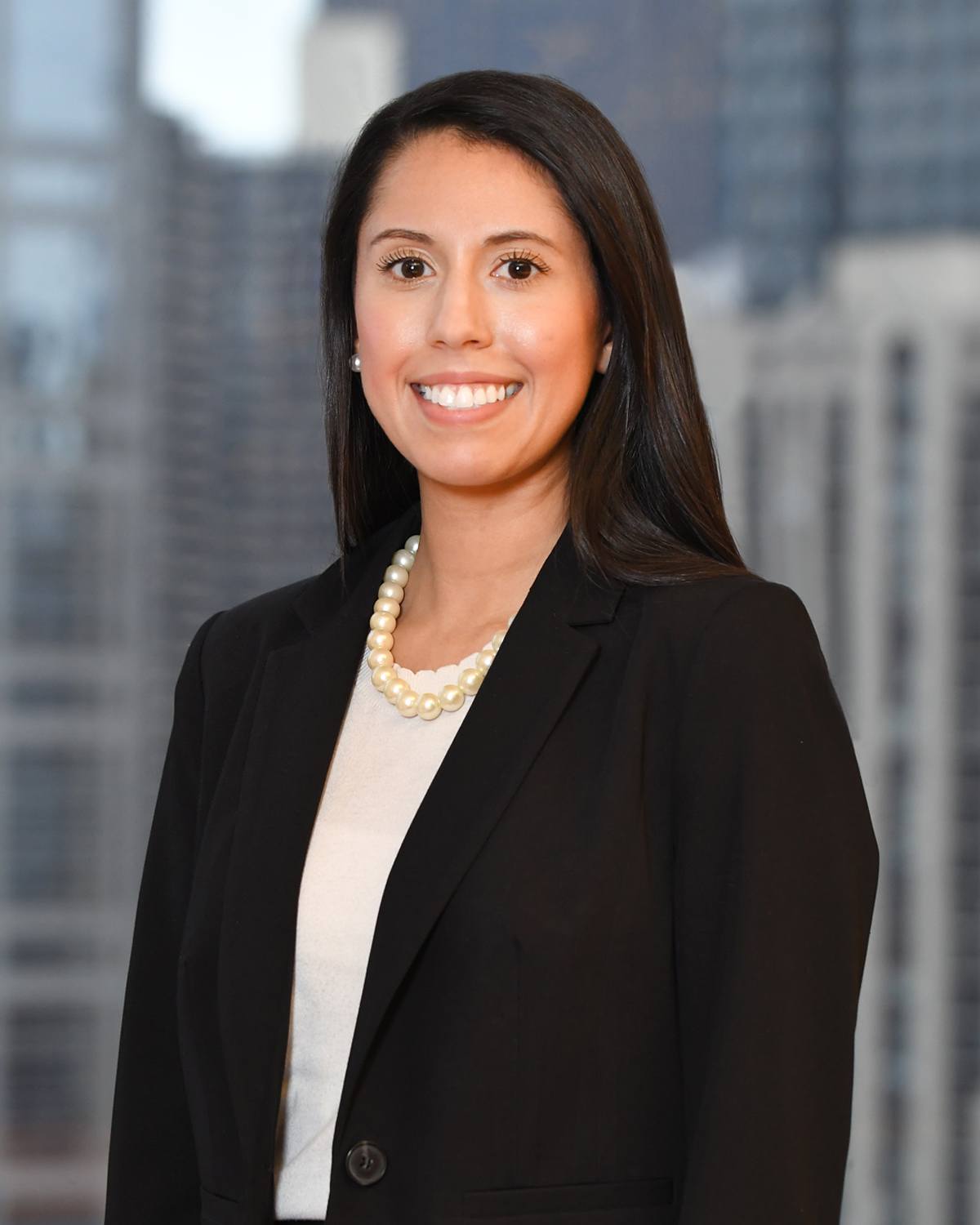- Home »
- Business Bankruptcy »
- Dealing with Corporate Distress 02: These Are the People in Our Neighborhood: An Overview of Parties in Chapter 11

Dealing with Corporate Distress 02: These Are the People in Our Neighborhood: An Overview of Parties in Chapter 11
A Series on the ABCs of ABCs, Business Bankruptcy & Corporate Restructuring/Insolvency
Since a judge presides over a chapter 11 proceeding, one might assume that a chapter 11 case is like any other commercial litigation matter, with one party on each side of the case: a plaintiff and a defendant. One would be wrong (Felix Unger taught us what happens when we “ass-u-me”).
In this installment of our series on business bankruptcy, restructuring and insolvency, we look at debtors, chapter 11 trustees, types of creditors and other parties involved in a chapter 11 bankruptcy.
Cases, Contested Matters, and Adversary Proceedings
A chapter 11 “case,” is not a lawsuit; there is no plaintiff or defendant. A chapter 11 case is not even a two-party dispute (though a company may sometimes file chapter 11 to try to deal with a single creditor, or that creditor may try to argue as much). Think of chapter 11 as a forum a debtor can enter into, which requires that all of its creditors and shareholders also enter. Disputes within this forum may be bilateral but are often multilateral. And, various parties in a chapter 11 case commonly align on some issues, but fight over others.
When a party does fight – by filing a motion or an objection to a motion – that fight becomes a specific “contested matter” within the chapter 11. Some fights, however, cannot properly be started by filing a motion or objection. Instead, it must be started by filing an “adversary complaint,” which opens an “adversary proceeding.” Adversary proceedings are indeed lawsuits, and commonly involve a single plaintiff and a single defendant. A chapter 11 case often “gives birth,” to many contested matters and adversary proceedings.
The Bankruptcy Judge & Administrative Staff of the Court
Under Article I of the Constitution, bankruptcy judges are appointed to 14-year terms.1 Each bankruptcy judge typically has a judicial assistant or secretary, a courtroom deputy (charged with managing the judge’s daily court calendar and related administration), and a law clerk.
Many of a bankruptcy judge’s administrative affairs are managed by an office of the clerk of the court. The clerk’s office handles filings, manages case dockets, provides administrative assistance to attorneys working in the bankruptcy court, and generally ensures the smooth administration of cases before the court.
The U.S. Trustee
The Office of the United States Trustee (the “U.S. Trustee,” or “UST”) is the division of the U.S. Department of Justice charged with enforcing the Bankruptcy Code. The U.S. Trustee has specific powers and duties under the Bankruptcy Code, but its main function can be thought of as a watchdog keeping an eye on chapter 11 cases. As such, Bankruptcy Code § 307 authorizes the U.S. Trustee to raise and be heard on any issue in any bankruptcy case.
The Debtor in Possession
In a chapter 7 case, a trustee (commonly referred to as a “chapter 7 trustee”) is automatically appointed to take control of the debtor’s bankruptcy estate and liquidate its assets for the benefit of creditors. The debtor is still responsible for providing a great deal of information to the court and other parties, but does not retain control of its assets and affairs.
In stark contrast, a chapter 11 debtor retains possession of – and control over – its assets, unless removed for cause. A chapter 11 debtor is thus also a debtor-in-possession (a “DIP”) unless removed as such. Bankruptcy Code § 1107 bestows on debtors most of the same powers and functions a chapter 11 trustee would have, if appointed.
Chapter 11 Trustees & Examiners
In certain chapter 11 cases, where parties have lost faith or trust in the debtor’s ability to manage its estate and business operations appropriately, one or more parties may seek the appointment of a chapter 11 trustee or an examiner under Bankruptcy Code § 1104. Chapter 11 trustees and examiners are intended to act as independent third parties who either (a) take control of a debtor’s estate in chapter 11 in the case of a trustee; or (b) independently investigate the debtor’s affairs in the case of an examiner. When appointed, each is charged with specific statutory duties under Bankruptcy Code § 1106.
A chapter 11 trustee is appointed for “cause” to represent a debtor’s bankruptcy estate. “Cause” is defined by § 1104(a) of the Bankruptcy Code as including “fraud, dishonesty, incompetence, misconduct, mismanagement, or irregularity in the management of the affairs of the debtor of or by current or former management of the debtor . . .” 11 U.S.C. § 1104(a)(1). These are not the only circumstances under which a chapter 11 trustee may be appointed, however. Courts are given discretion to determine whether appointment of a trustee is appropriate “if such appointment is in the interests of creditors, any equity security holders, and other interests of the estate.” 11 U.S.C. § 1104(a)(2). If appointed, a chapter 11 trustee can operate the debtor’s business, bring actions against certain creditors or the debtor to recover property, and otherwise manage the debtor’s affairs in chapter 11.
A bankruptcy examiner may be appointed in the event the court does not order the appointment of a chapter 11 trustee. See 11 U.S.C. § 1104(c). An examiner is a professional appointed by the court to investigate certain aspects of the debtor or proceedings and report to the court regarding its findings, as opposed to operating the debtor’s business like a chapter 11 trustee would. Examiners are typically appointed for cause to investigate allegations of “fraud, dishonesty, incompetence, misconduct, mismanagement, or irregularity in the management of the affairs of the debtor of or by current or former management of the debtor.” 11 U.S.C. § 1104(c).
Subchapter V Trustees
Another important party in chapter 11 cases is new to the scene: the subchapter V trustee. In 2019, the Small Business Reorganization Act of 2019(the “SBRA”) was signed into law, adding a new subchapter V to chapter 11 to the Bankruptcy Code. Under this new subchapter, cases involving a “small business debtor,”(defined by the SBRA as a chapter 11 business debtor with aggregate noncontingent liquidated secured and unsecured debts, excluding debts owed to affiliates or insiders,under $7,500,000 for the time being) must have a trustee appointed by the U.S. Trustee, who is compensated by the debtor’s estate.2 A subchapter V trustee’s duties include: accounting for the debtor’s property; appearing at an initial status conference with the debtor and all other hearings; facilitating the development of a consensual plan; supervising and controlling property and funds to be distributed under the plan (or actually making the distributions); and examining and objecting to claims. Subchapter V trustees are also assigned some of the debtor’s duties as a DIP under §§ 704(a) and 1106(a) of the Bankruptcy Code.
Secured Creditors
A secured creditor is a creditor who holds a security interest in some or all of the debtor’s property. Secured creditors come in many flavors. A creditor may be secured by a judgment, or by a lien on specific equipment. One type of secured creditor, however, often plays a tremendous role in a chapter 11 case: the senior secured lender with a blanket lien on the debtor’s assets.
Businesses of any significant size will typically have a term loan or line of credit (or both) from a bank or other institutional lender. In exchange for the loan, the company will grant the lender a blanket lien: a first priority security interest in substantially all of its assets, including cash, as collateral for the loan.
Outside of bankruptcy, secured creditors can foreclose on their collateral if their debtor defaults. Inside bankruptcy, the automatic stay prevents (at least temporarily) foreclosure. But bankruptcy also provides certain protections to secured creditors. The dynamic between debtors and their secured creditors is a major theme in every chapter 11.
Unsecured Creditors
An unsecured creditor, on the other hand, is a creditor holding a claim against the debtor, but who has no collateral to secure its claim. Unsecured creditors may include trade vendors, contract counterparties, employees, and landlords. In most cases, unsecured creditors outnumber secured creditors by a wide margin, but their claims are lower on the metaphorical priority ladder than those of secured creditors.
Official Committees
As noted above, most debtors in chapter 11 have at least one secured creditor with a blanket lien on all its assets. That secured creditor, and potentially other secured creditors, are commonly owed a great deal of money by the debtor. By contrast, most unsecured creditors tend to be owed far less on an individual basis. Because of this, and because unsecured creditors are generally paid only after blanket lien creditors are paid in full, the decision of any one unsecured creditor to spend time and money to protect its claim in chapter 11 is in many ways a decision to throw good money after bad. The Bankruptcy Code recognizes this common imbalance of power by specifically authorizing unsecured creditors to take collective action in chapter 11 by forming an official committee of unsecured creditors.
An official committee of unsecured creditors typically consists of a small number (typically three, five, or seven) of the unsecured creditors with the largest unsecured claims against the debtor. The Office of the United States Trustee is charged with selecting committee members and appointing official committees. See 11 U.S.C. § 1102. The committee hires its own professionals (attorneys and financial advisors, among others), whose fees and expenses are paid for by the debtor’s estate. An official committee has standing to be heard in the case, and bankruptcy judges tend to take its views very seriously, understanding that the committee’s job is to serve as the proxy for all of the debtor’s unsecured creditors.
Other types of official committees can also be appointed in a chapter 11 case. These include official committees of (a) equity holders; (b) retirees; (c) bondholders; (d) landlords, and others.
In addition to official committees, unofficial ad hoc committees may be formed to represent the interests of specific classes of creditors. But these unofficial committees, when formed, are neither appointed by the U.S. Trustee, nor are their fees and expenses necessarily paid for by the debtor’s estate. In some cases though, the U.S. Trustee may elect to make an ad hoc committee an official committee.
DIP Lenders
Unsurprisingly, most debtors will not have large cash reserves upon which they can draw to operate their businesses postpetition. And to be able to successfully access cash on a postpetition basis, a debtor may have to seek postpetition financing (typically referred to as “DIP Financing” or “DIP Loan”) from a “DIP Lender”: a lender willing to make a loan to the debtor postpetition, which may be made on an unsecured or secured basis. And depending on the basis for DIP Financing being provided, the DIP Lender’s interest will be given special protections under the Bankruptcy Code. These protections, generally set forth in § 364 of the Bankruptcy Code, are intended to incentivize parties to lend to debtors postpetition. As a result, DIP Lenders are not rare and come in all shapes and sizes, including institutional lenders, alternative lenders, and prospective asset purchasers.
Buyers/Asset Purchasers
As we noted in Installment 1, “Hello Darkness, Our Dear Friend,” many chapter 11 cases involve the sale of substantially all of a debtor’s assets. Consequently, creditor recoveries can be entirely dependent on such a sale being successful. For this reason, the sale process in chapter 11 can become the most important aspect of the case. In turn, the would-be buyer is quite an important party in a chapter 11 bankruptcy.
Professionals
Any player in chapter 11 must be represented by counsel and may need specialized advice that other restructuring professionals can provide. Installment 3 of this series provides a closer look at such professionals.
[Editors’ Note: This article, while written to be read and understood on a standalone basis, is part of a series. To read Installment 1, which includes a table of contents and links to every article in the series, click here.
The authors are corporate restructuring and insolvency attorneys. Read more about three of them at the end of Installment 1.
Understanding all this stuff in the context of bankruptcy is important, but not every distressed company winds up in bankruptcy. So, you also need to understand how it works outside of bankruptcy. Read Installment 3 to read the rest of the story.
To learn more about this and related topics, you may want to attend the following on-demand webinars (which you can listen to at your leisure and each includes a comprehensive customer PowerPoint about the topic):
- The Nuts & Bolts of a Chapter 11 Plan
- Basic Concepts Applicable to All Borrowers & Lenders
- Bad Debtor Owes Me Money!]
©2020. DailyDACTM, LLC d/b/a/ Financial PoiseTM. This article is subject to the disclaimers found here.
- Most federal judges are appointed for life under Article III of the U.S. Constitution.
- For more on the SBRA and other recent changes to the Bankruptcy Code, check out this article.
About Jonathan Friedland
Jonathan Friedland is a principal at Much Shelist. He is ranked AV® Preeminent™ by Martindale.com, has been repeatedly recognized as a “SuperLawyer” by Leading Lawyers Magazine, is rated 10/10 by AVVO, and has received numerous other accolades. He has been profiled, interviewed, and/or quoted in publications such as Buyouts Magazine; Smart Business Magazine; The M&A…

About Jack O'Connor
Jack is a corporate and restructuring partner at Levenfeld Pearlstein. Jack’s practice covers a range of healthy and distressed business engagements. He is widely recognized for his excellent work as a restructuring attorney including recognition by various organizations for his strategic thinking and tactical expertise, including SuperLawyers Magazine, Leading Lawyers Magazine, and the Turnaround Management…

About Hajar Jouglaf
Hajar is an associate with Much Shelist in both its Business Transactions Group and its Restructuring & Insolvency Group.

Related Articles
PUBLIC NOTICE OF CHAPTER 11 SALE: Solar Biotech, Inc.
Kuney’s Corner – Cram Down: When the Creditor Says “No”
The Chief Restructuring Officer: Architect, Leader, & Change Agent
Opening the Kimono: Operational and Financial Reporting Obligations at the Outset of a Chapter 11 Case
90 Second Lesson: When a Seller of Real Property Files for Bankruptcy Before Closing
Subchapter V of Chapter 11: A User’s Guide
Session expired
Please log in again. The login page will open in a new tab. After logging in you can close it and return to this page.
